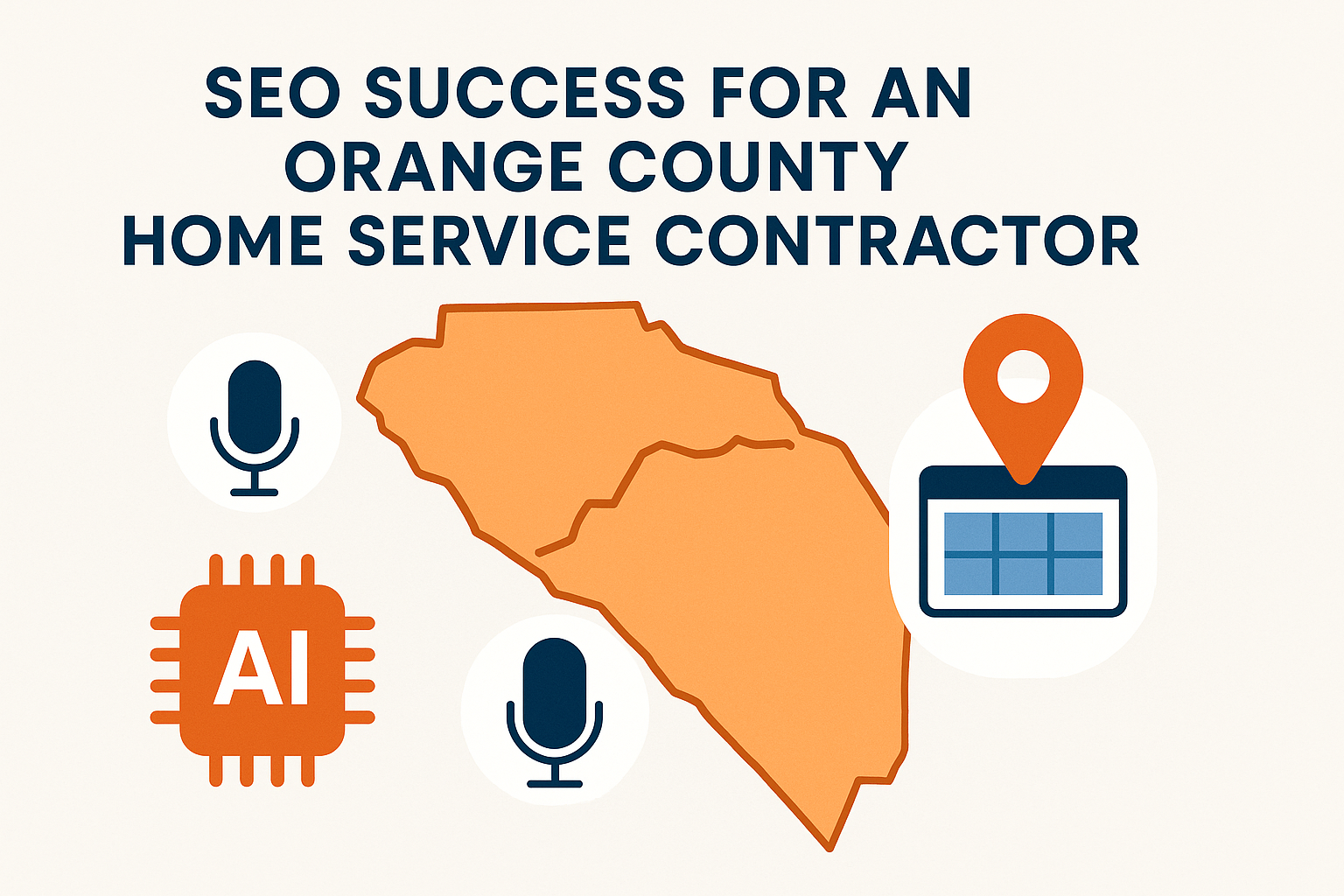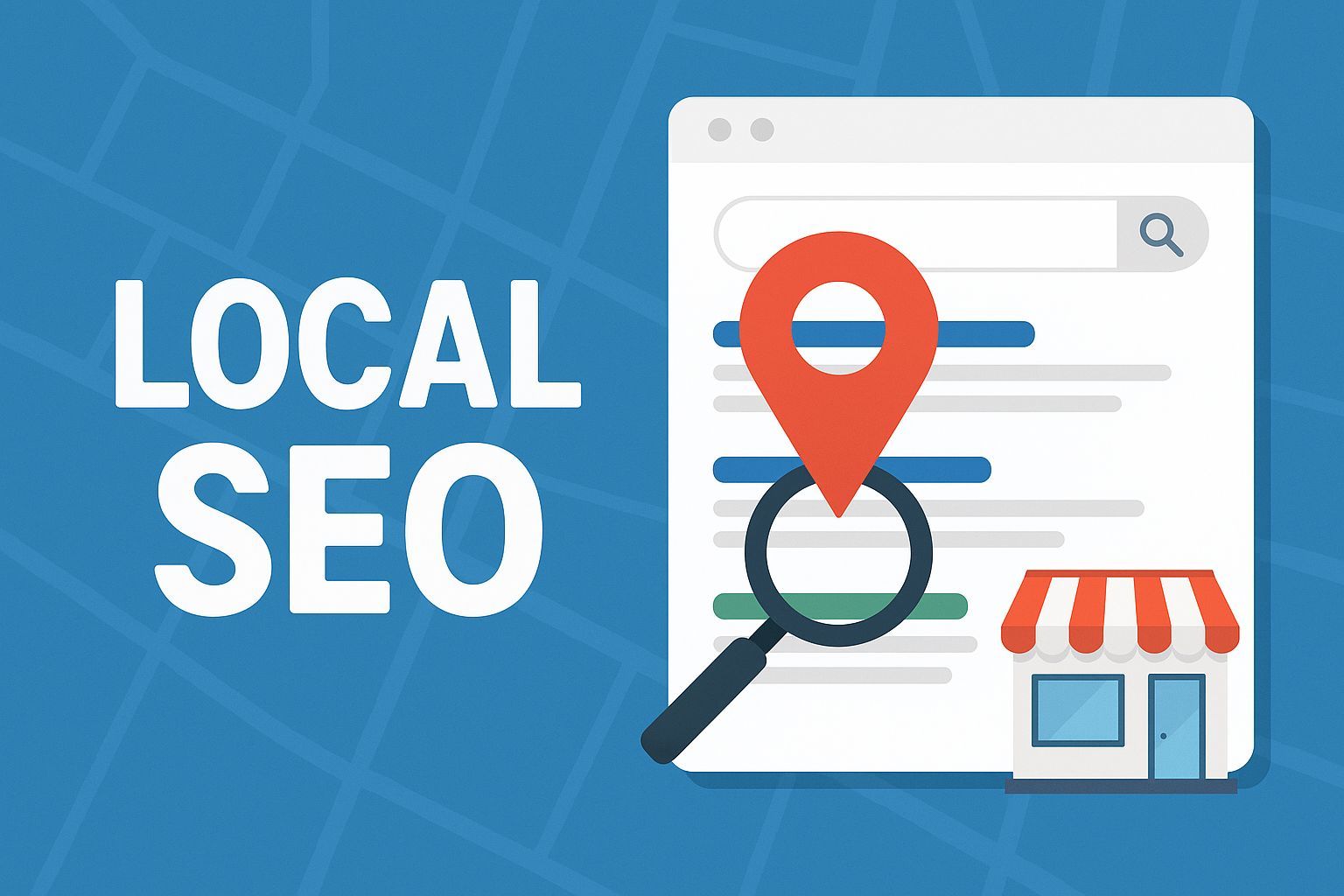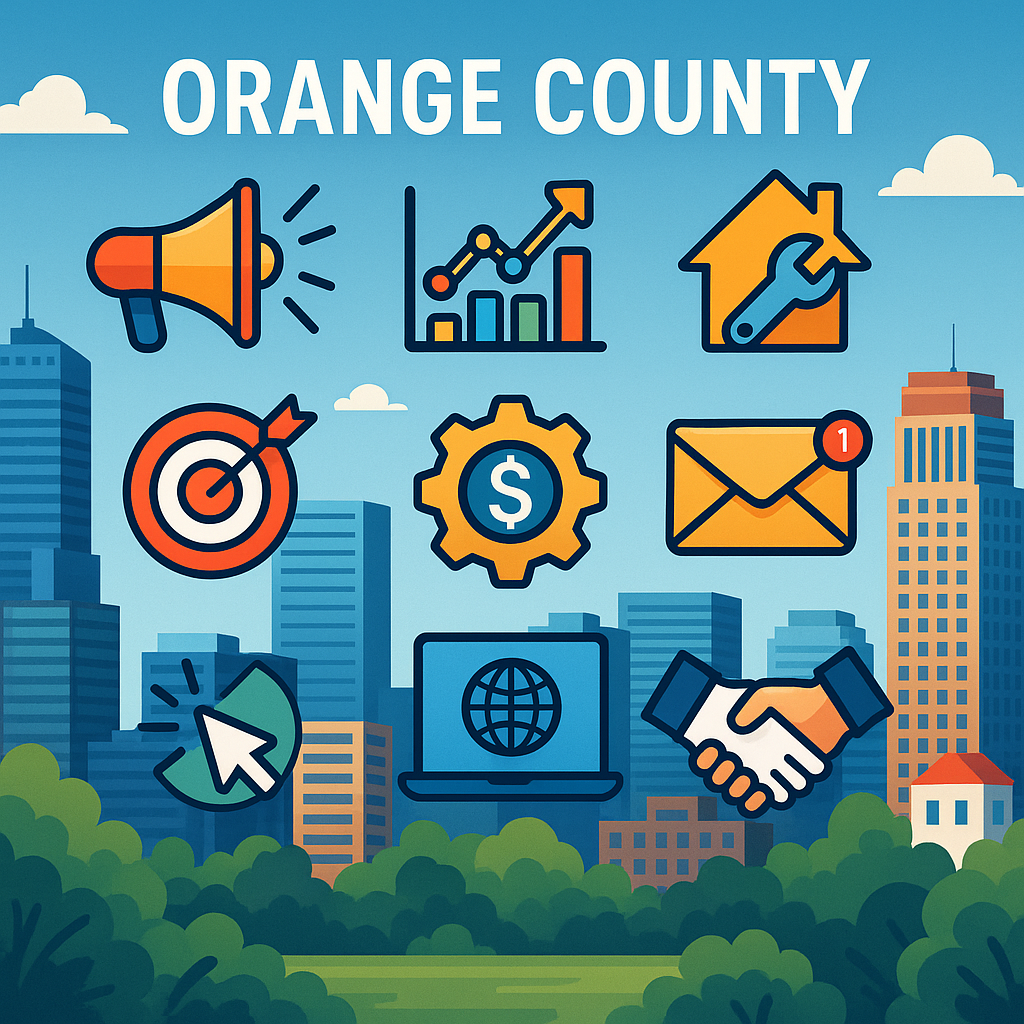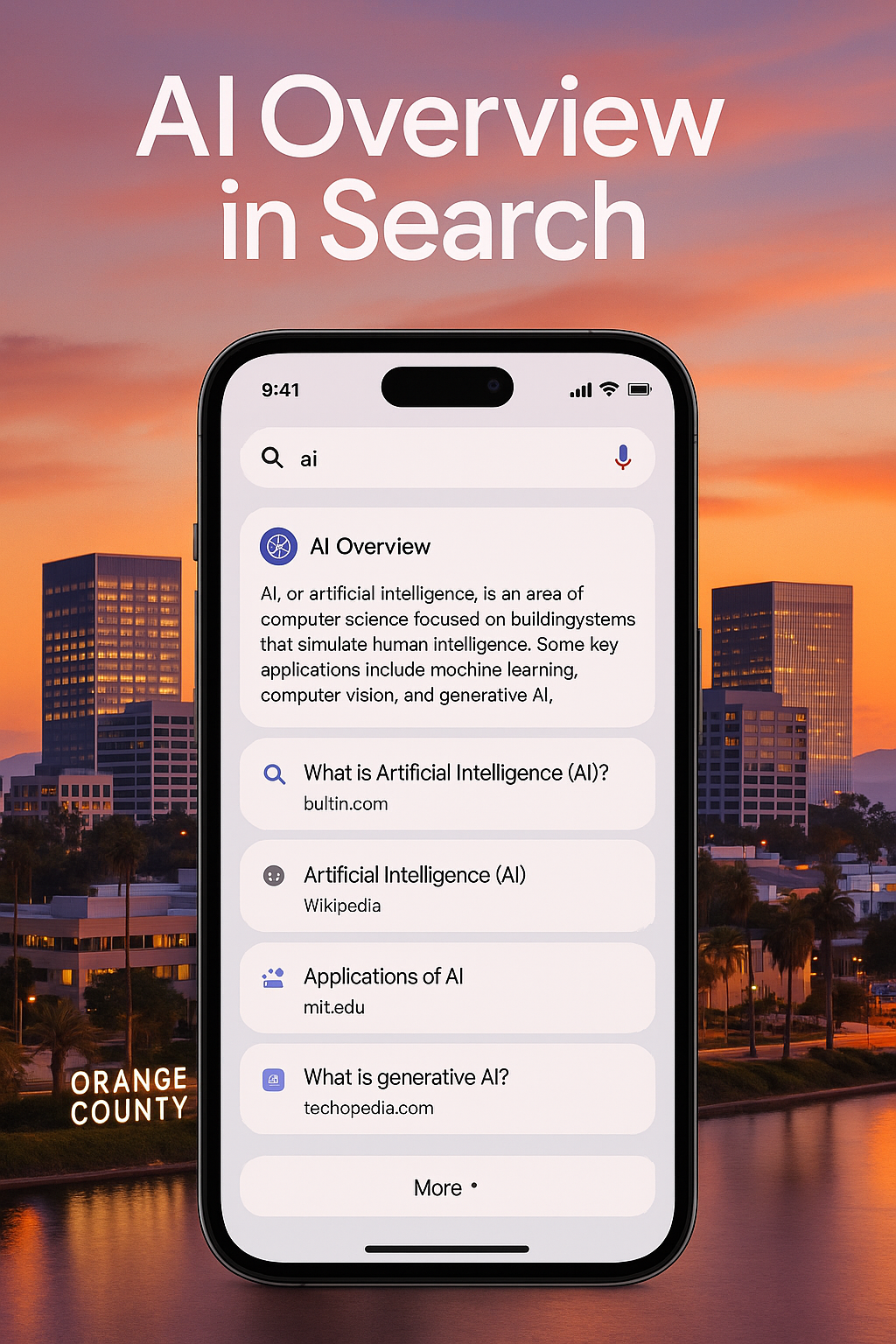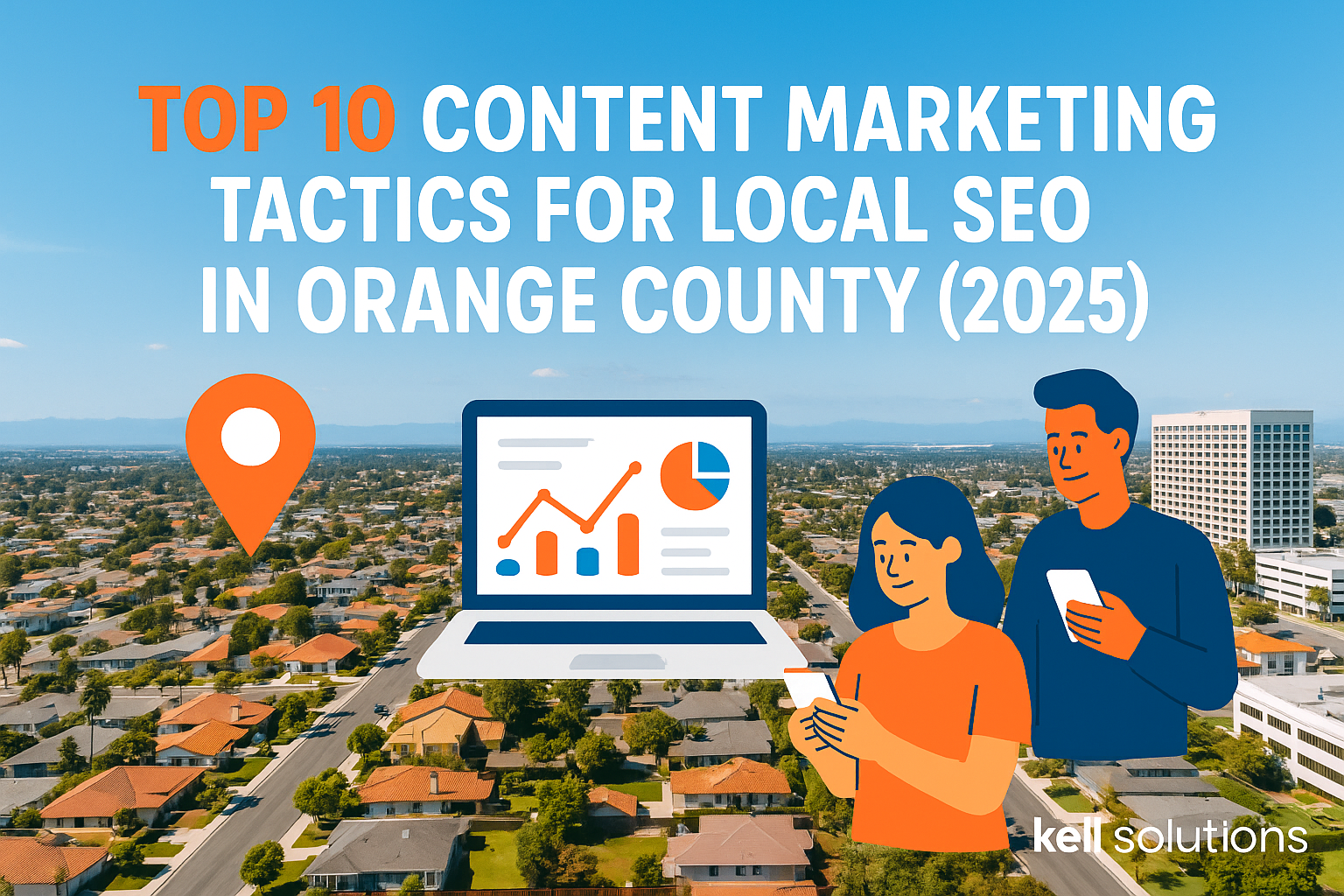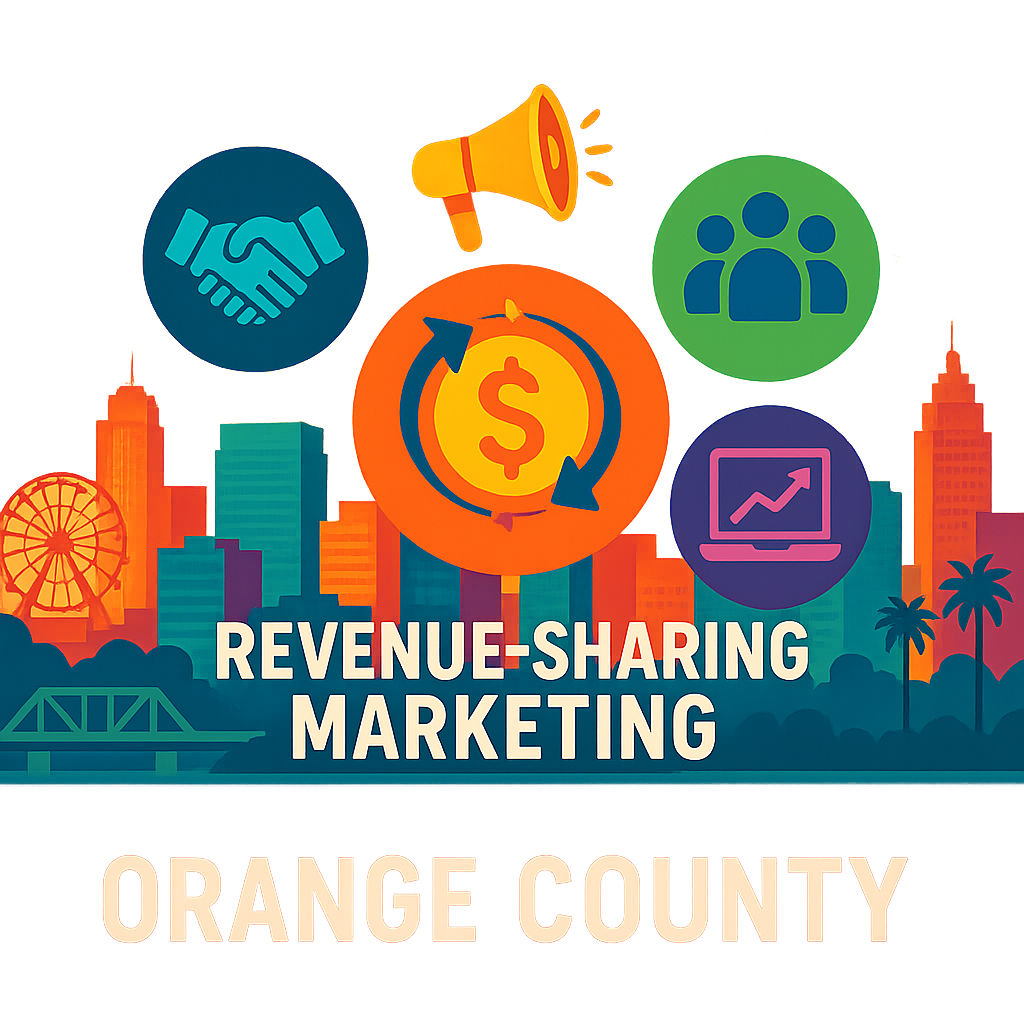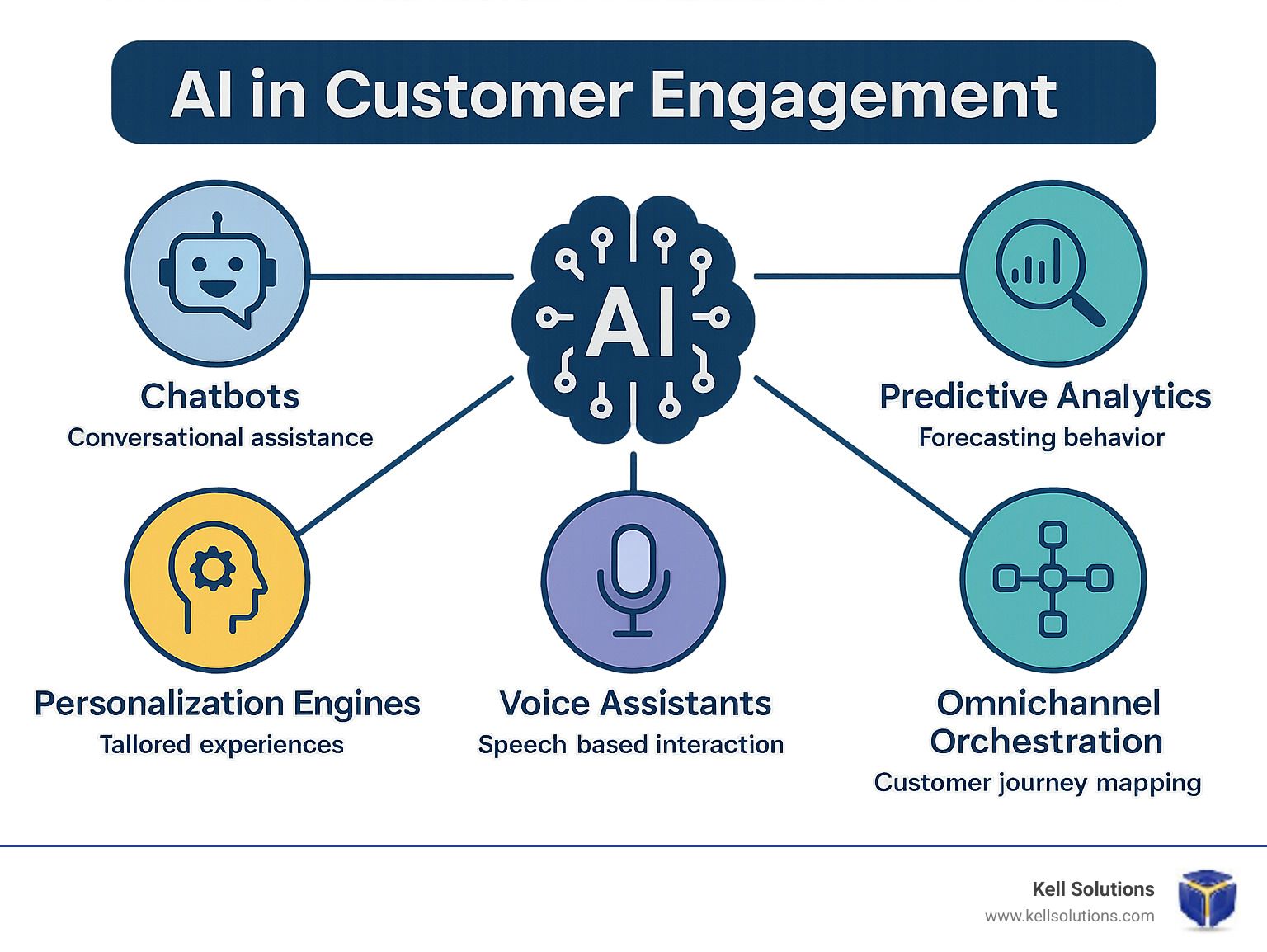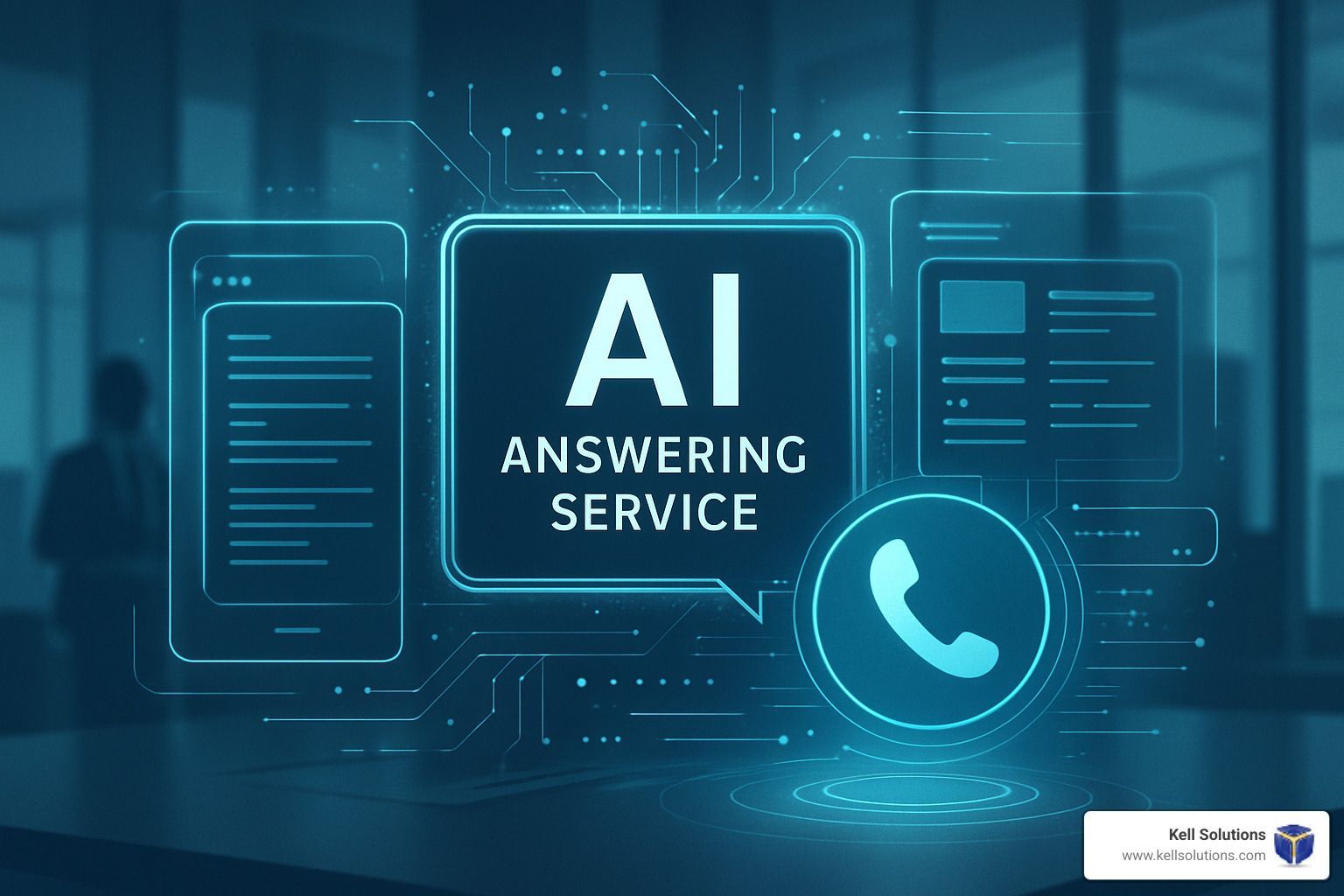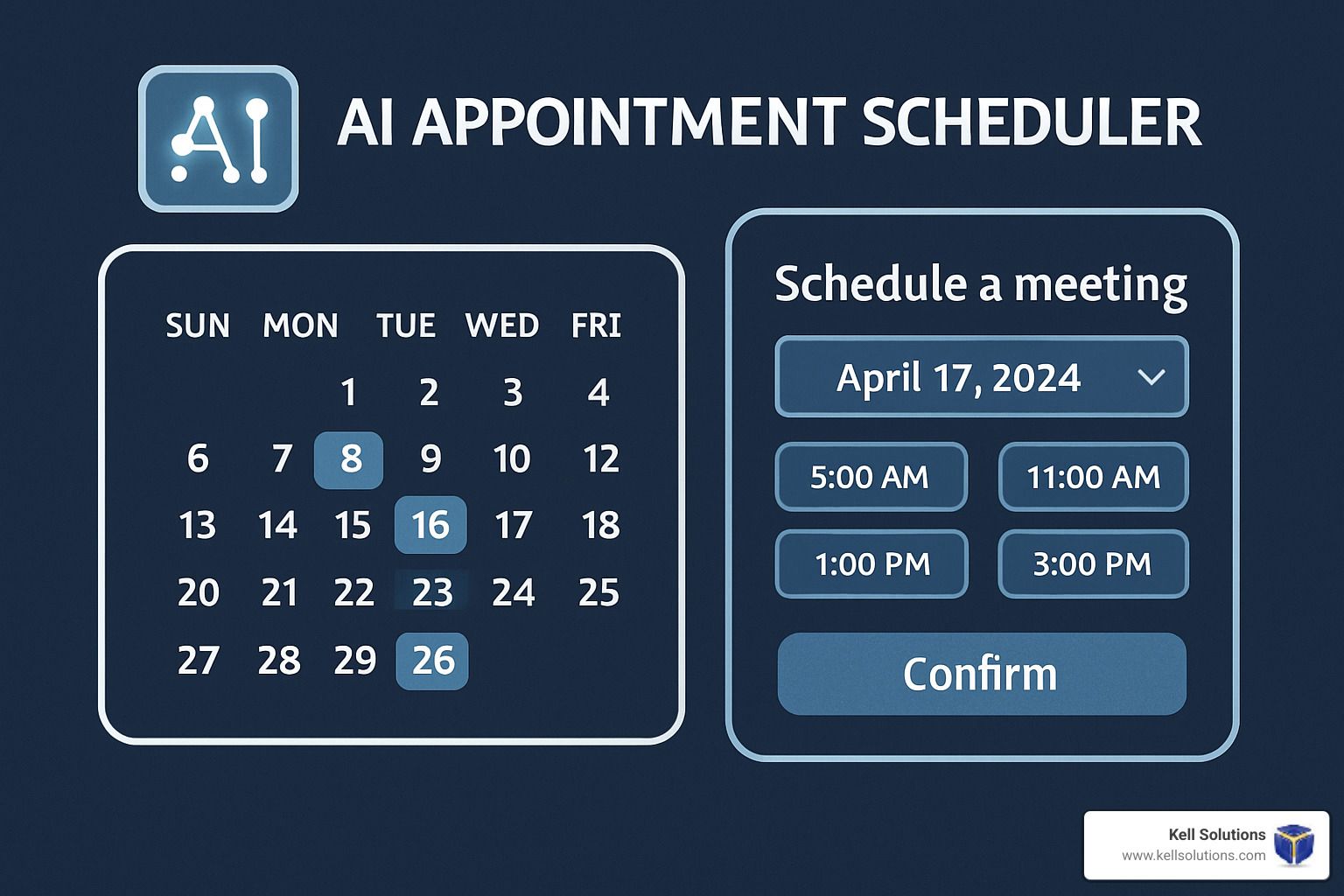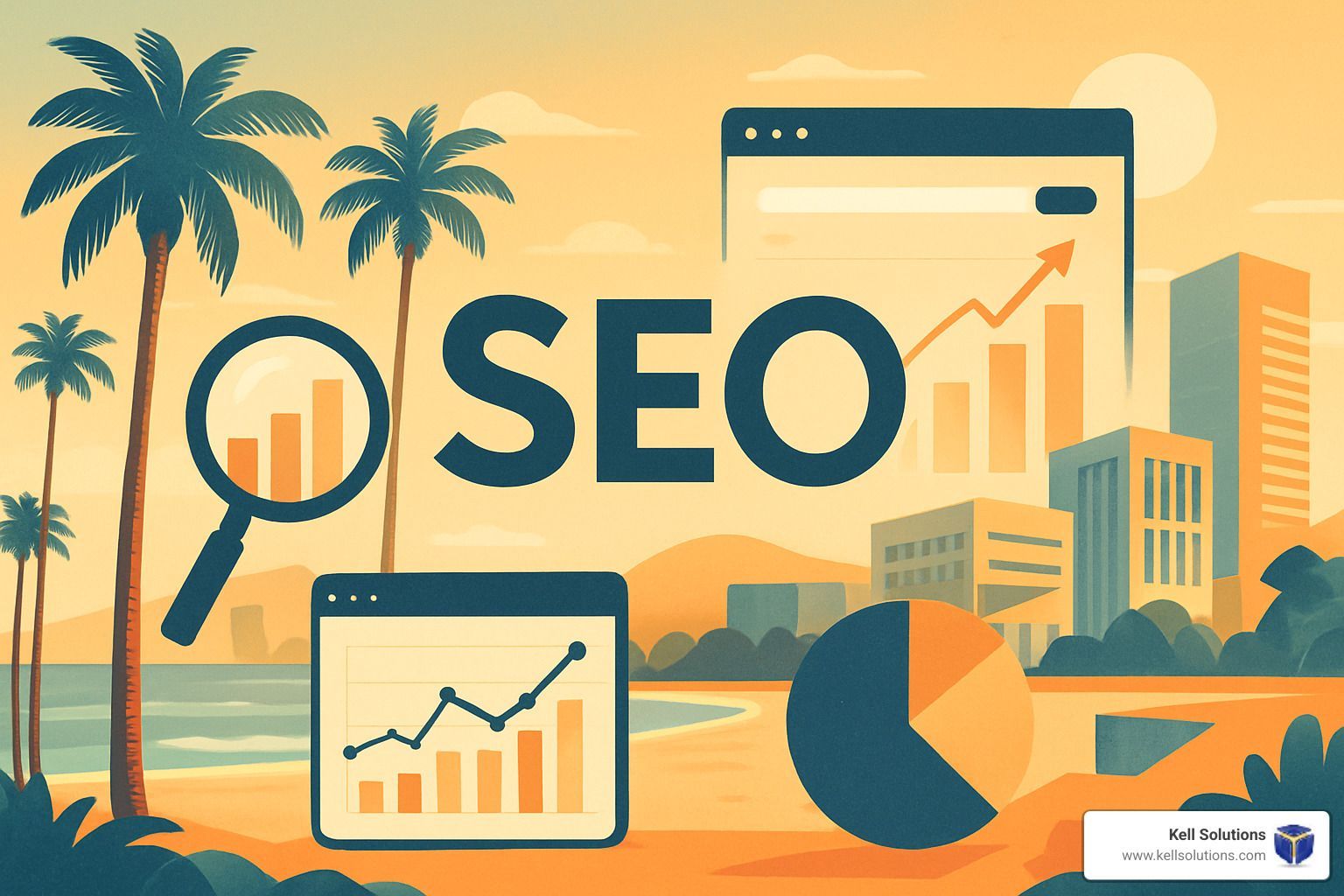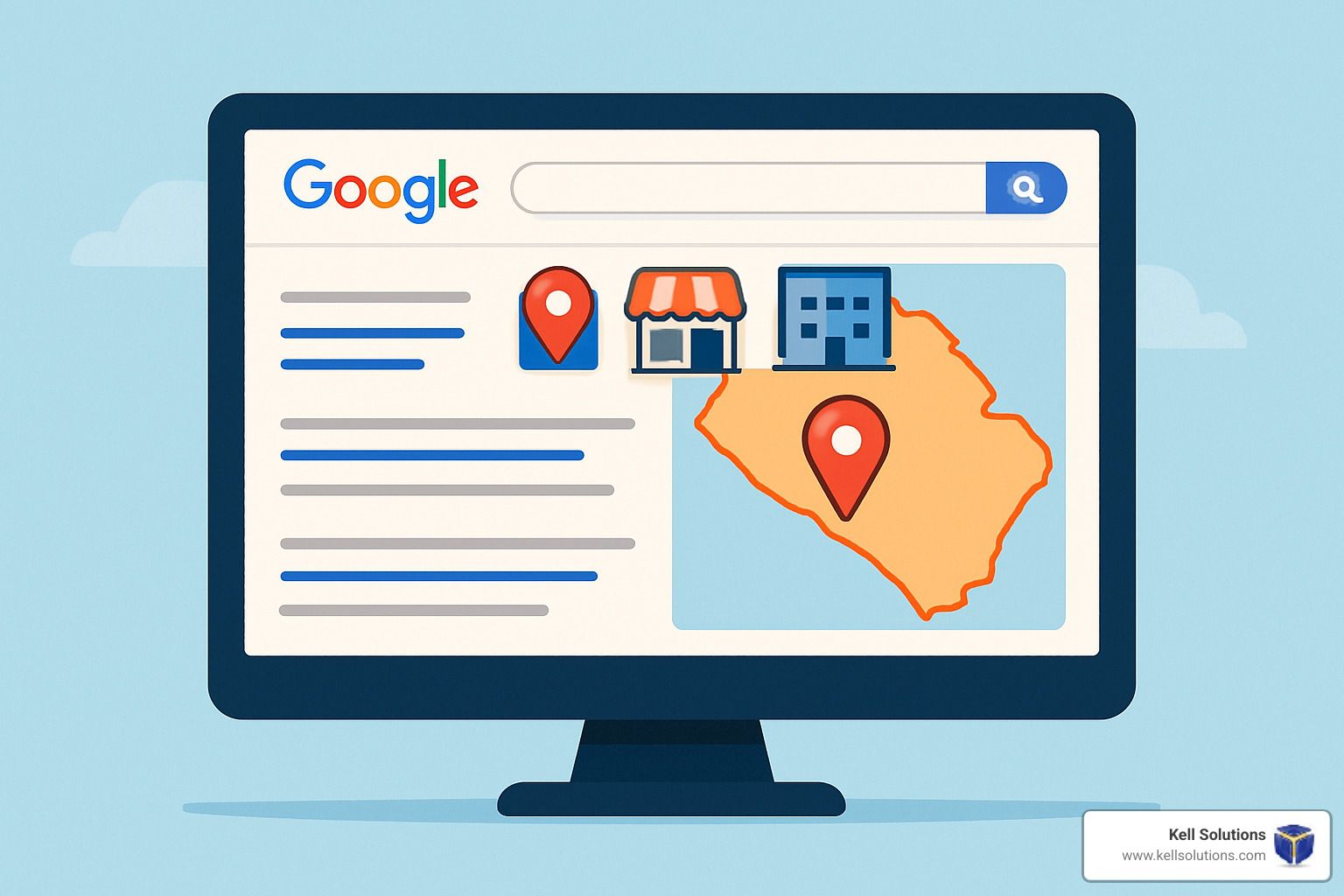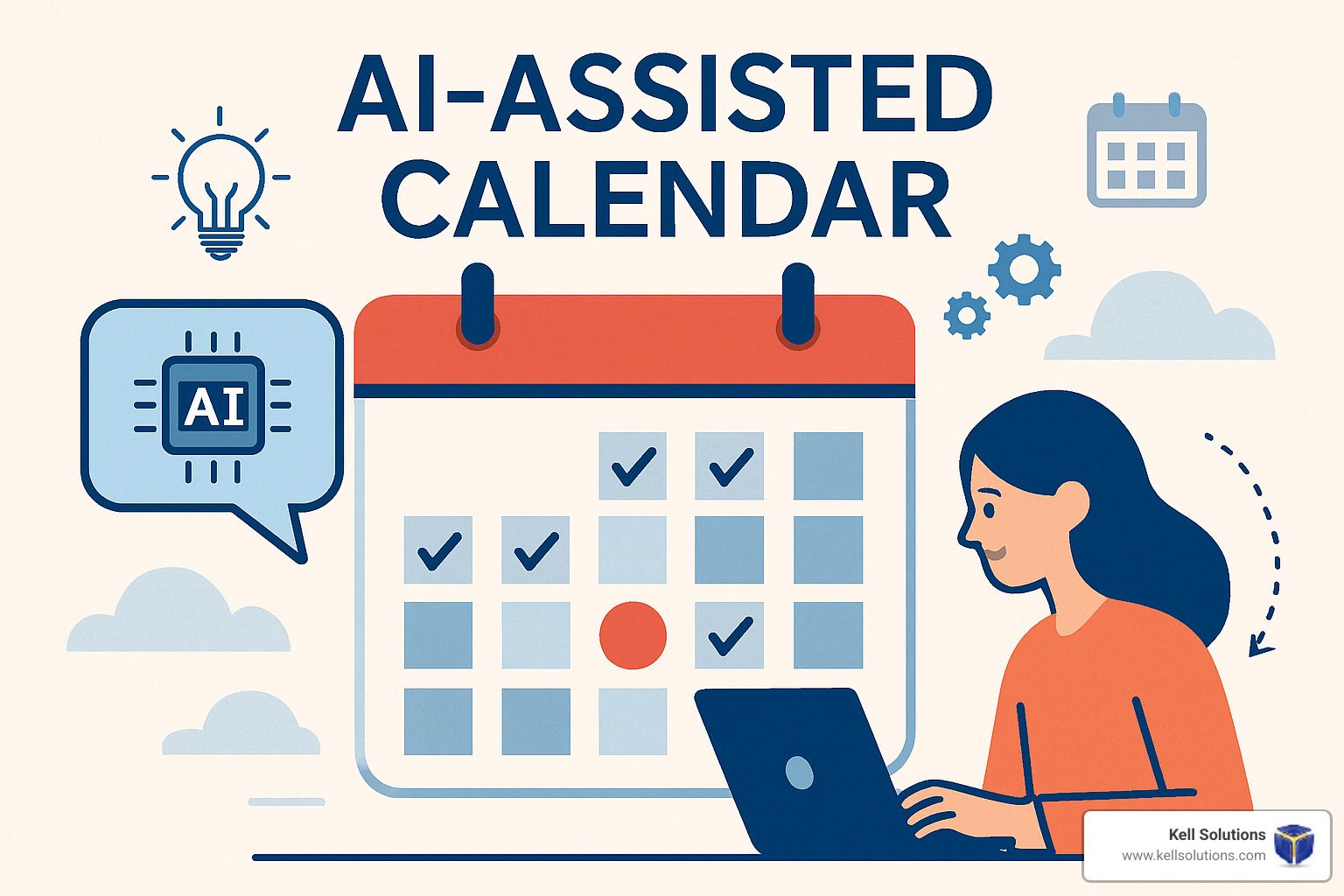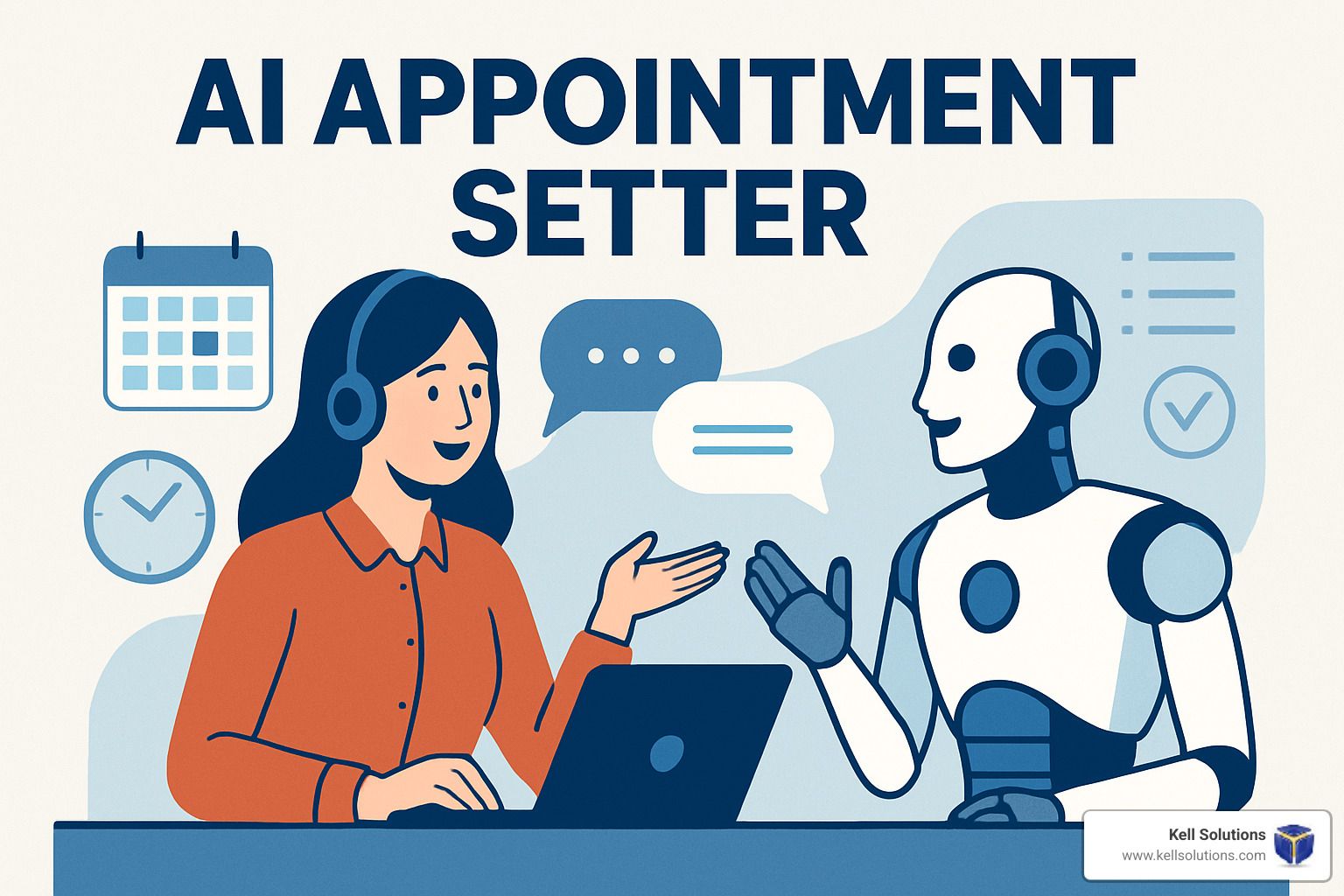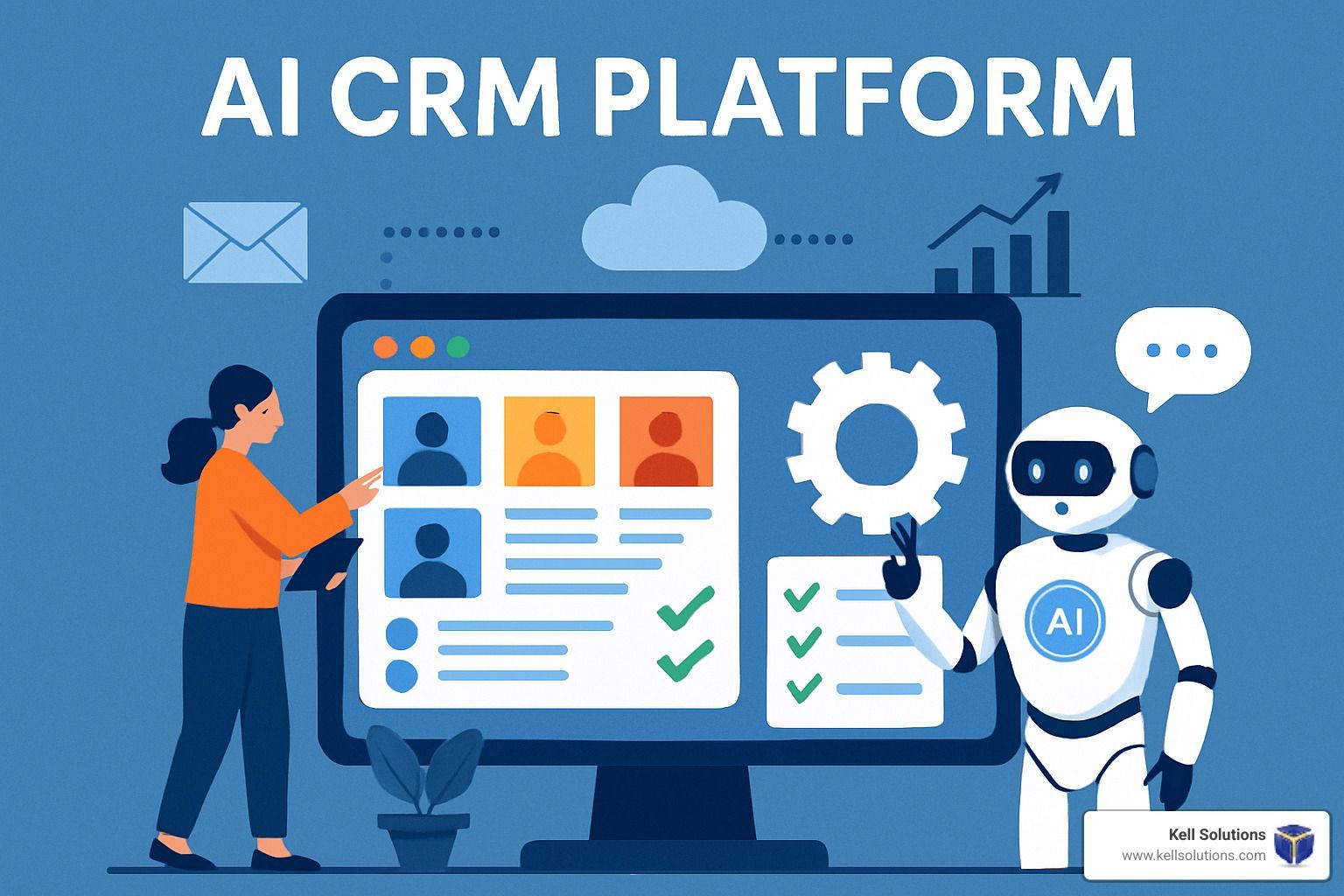AI Financial Forecasting Tools, Advanced Techniques & Analytics Enhancements
Making Informed Business Decisions

Key Takeaways
- AI financial forecasting tools can improve accuracy by up to 35% compared to traditional methods.
- Real-time data integration allows for instant adjustments and predictions, crucial for volatile markets.
- Explainable AI (XAI) ensures compliance with regulations by providing clear audit trails.
- Implementing AI tools can reduce forecasting errors by 40% through anomaly detection and advanced analytics.
- Quantum-enhanced models are the future, promising faster and more precise financial predictions.
AI in Financial Forecasting: Transforming the Future of Finance
AI is not just a buzzword in the world of finance—it's a game-changer. The transformation from traditional financial forecasting to AI-driven methods is reshaping how businesses predict financial outcomes. These tools offer unprecedented accuracy and efficiency, making them indispensable for finance professionals worldwide.
The Shift from Traditional to AI-Driven Forecasting
Traditional financial forecasting relied heavily on historical data and manual calculations. This method was time-consuming and often prone to human error. In contrast, AI-driven forecasting tools utilize machine learning algorithms to analyze vast amounts of data quickly and accurately. This shift allows for more dynamic and responsive financial predictions.
Imagine a scenario where a business needs to adjust its financial forecast due to sudden market changes. With traditional methods, this could take days or even weeks. However, AI tools can process real-time data, enabling instant adjustments and ensuring that predictions remain relevant and accurate.
Current Trends Revolutionizing Financial Predictions
Several trends are shaping the future of financial forecasting. One significant trend is the use of advanced analytics, which enhances the accuracy of predictions. By leveraging data from various sources, including satellite imagery and biometric signals, AI tools can provide a more comprehensive view of financial trends.
Another trend is the integration of real-time data processing. This capability allows businesses to update their forecasts instantaneously, a critical feature in today's fast-paced financial environment. Additionally, the rise of explainable AI (XAI) ensures that these tools remain compliant with regulatory standards by providing clear audit trails and explanations for their predictions.
Unmatched Accuracy and Agility with AI Systems
The accuracy and agility of AI systems are unmatched. These tools can detect microtrends and self-optimize predictions, offering a level of precision that was previously unattainable. For example, an AI tool might identify a subtle shift in consumer behavior that could impact a company's sales forecast, allowing the business to adjust its strategy accordingly.
Moreover, AI systems can process vast amounts of data much faster than humans, enabling finance professionals to make informed decisions quickly. This speed and accuracy are crucial in volatile markets, where even a slight delay can result in significant financial losses.
Leading AI Financial Forecasting Tools
There are several AI financial forecasting tools available today, each offering unique features and benefits. These tools are designed to meet the diverse needs of businesses, from small startups to large enterprises. Let's explore some of the leading options in the market.
Fuelfinance: Real-Time Data Integration
Fuelfinance stands out for its ability to integrate real-time data into financial forecasts. This tool uses advanced algorithms to analyze historical data, market trends, and operational metrics, providing businesses with dynamic and accurate predictions.
An example of Fuelfinance's effectiveness is its cash flow forecasting feature, which achieves 99.5% accuracy. By continuously updating its predictions with real-time data, Fuelfinance helps businesses maintain financial stability even in uncertain times.
Planful Predict: Error Reduction Techniques in Forecasting
Planful Predict focuses on reducing forecasting errors through advanced analytics and anomaly detection. This tool combines predictive modeling with anomaly detection to refine forecasts, achieving a 40% reduction in errors.
For instance, Planful Predict analyzes seasonal patterns and contractual obligations to adjust revenue predictions, ensuring that businesses have a clear and accurate understanding of their financial future. This level of precision is invaluable for making strategic decisions.
Enhancements in Analytics Techniques
In the realm of financial forecasting, analytics techniques are continuously evolving to provide more accurate and insightful predictions. The integration of AI has significantly enhanced these techniques, allowing finance professionals to make more informed decisions.
One of the most notable enhancements is the ability to process large datasets quickly and efficiently. This capability enables finance teams to analyze trends and patterns that were previously undetectable, providing a competitive edge in forecasting accuracy.
Real-Time Adaptive Forecasting with Edge AI
Real-time adaptive forecasting is a groundbreaking development in financial analytics. With Edge AI, businesses can process data at the source, allowing for immediate insights and predictions. This method reduces latency and enhances the speed of data processing, crucial for timely decision-making.
Consider a scenario where a company needs to adjust its inventory levels based on fluctuating demand. Edge AI can analyze sales data in real-time, allowing the company to adapt its strategy instantly, minimizing excess inventory and optimizing cash flow.
Role of Explainable AI (XAI) in Compliance
Explainable AI (XAI) plays a vital role in ensuring compliance with regulatory standards. By providing clear explanations for its predictions, XAI helps businesses understand the factors influencing their forecasts. This transparency is essential for building trust and meeting regulatory requirements.
For example, a financial institution using AI to predict credit risks can leverage XAI to explain why a particular customer is deemed high risk. This explanation can then be used to justify decisions to regulators and stakeholders, ensuring compliance and accountability.
Optimizing Models with Anomaly Detection
Anomaly detection is a powerful tool for optimizing financial forecasting models. By identifying outliers and unusual patterns in data, businesses can refine their models to improve accuracy. This technique helps in detecting errors and ensuring that forecasts remain reliable.
Imagine a situation where a company notices an unexpected spike in expenses. Anomaly detection can pinpoint the cause, such as an unanticipated supplier cost increase, allowing the company to adjust its budget and maintain financial stability.
Strategizing for Successful Implementation
Implementing AI financial forecasting tools requires a strategic approach to ensure success. Businesses must assess their readiness, identify high-impact use cases, and establish governance frameworks to maximize the benefits of AI.
Assessing Data Readiness and Quality
Before implementing AI tools, it's crucial to assess the quality and readiness of your data. Clean and accurate data is the foundation of reliable forecasts. Businesses should audit their data sources, ensuring that they are free from errors and inconsistencies.
In practice, this might involve standardizing data formats across different systems or investing in data cleaning tools to remove duplicates and correct inaccuracies. By prioritizing data quality, businesses can enhance the accuracy of their AI-driven forecasts.
High-Impact Use Cases for Maximum Benefit
Identifying high-impact use cases is essential for maximizing the benefits of AI forecasting tools. Businesses should focus on areas where AI can deliver the most value, such as cash flow forecasting or risk management.
For example, a retail company might use AI to optimize its supply chain, predicting demand fluctuations and adjusting inventory levels accordingly. This targeted approach ensures that businesses derive the greatest value from their AI investments.
Moreover, companies should pilot these use cases in controlled environments before full-scale implementation. This allows for testing and refinement, ensuring that the tools function as intended and deliver the expected benefits.
Ensuring Ethical Governance and Compliance
Ethical governance is a critical component of AI adoption and implementation. Businesses must establish frameworks to monitor and manage AI systems, ensuring that they operate fairly and transparently.
One effective strategy is to form AI ethics boards responsible for reviewing model biases and ensuring compliance with ethical standards. These boards can provide oversight and guidance, ensuring that AI tools align with the company's values and regulatory requirements.
- Establish clear guidelines for AI use within the organization.
- Regularly audit AI systems to identify and address potential biases.
- Engage stakeholders in discussions about AI ethics and compliance.
By prioritizing ethical governance, businesses can build trust with stakeholders and ensure the responsible use of AI in financial forecasting.
Future Trends Shaping Financial Forecasting
The future of financial forecasting is bright, with several emerging trends set to reshape the landscape. These trends promise to enhance the accuracy, speed, and reliability of financial predictions, improving AI billing software and empowering businesses to make smarter decisions.
One such trend is the rise of generative forecasting, which uses advanced AI models to create detailed narrative explanations of forecast variances. This approach reduces the time analysts spend on reporting, allowing them to focus on strategic decision-making.
Generative Forecasting and Its Potential
Generative forecasting represents a groundbreaking advancement in financial predictions. By using AI models that simulate various scenarios, businesses can foresee a range of possible outcomes and prepare accordingly. This approach not only enhances accuracy but also provides a more comprehensive view of potential risks and opportunities.
Imagine a company planning to launch a new product. Generative forecasting can model different market conditions, allowing the company to anticipate consumer responses and adjust its strategies to maximize success. This foresight is invaluable, providing a competitive edge in a rapidly changing market.
Decentralized Autonomous Forecasting Explained
Decentralized autonomous forecasting leverages blockchain technology to create transparent and secure financial predictions. This method decentralizes the data processing, ensuring that no single entity has control over the forecasting model. As a result, predictions are more reliable and less prone to manipulation.
For example, a decentralized forecasting system can be used by a consortium of companies to share data and insights without compromising privacy. This collaborative approach enhances the accuracy of predictions while fostering trust among stakeholders.
Emergence of Quantum-Enhanced Models in Finance
Quantum-enhanced models are the next frontier in financial forecasting. By harnessing the power of quantum computing, these models can process complex datasets at unprecedented speeds, providing faster and more precise predictions.
Consider a financial institution analyzing global market trends. Quantum-enhanced models can quickly identify correlations and patterns that traditional models might miss, enabling the institution to make informed decisions with confidence.
Besides that, the integration of quantum computing with AI tools promises to revolutionize the accuracy and efficiency of financial forecasts, making them an essential component of future financial strategies.
Frequently Asked Questions (FAQ)
As AI continues to transform financial forecasting, it's natural to have questions about its implementation and benefits. Here, we address some of the most common inquiries to help you understand the impact of AI on financial predictions.
What Makes AI-Driven Forecasting More Accurate?
AI-driven forecasting is more accurate because it uses machine learning algorithms to analyze vast amounts of data quickly. These algorithms can identify patterns and trends that humans might overlook, resulting in more precise predictions. Additionally, AI tools continuously learn and improve, enhancing their accuracy over time.
How Do Businesses Benefit from Real-Time Data in Financial Forecasting?
Real-time data integration allows businesses to update their forecasts instantaneously, providing a more accurate picture of their financial future. This capability is crucial in volatile markets, where conditions can change rapidly. By leveraging real-time data, businesses can make informed decisions quickly, minimizing risks and maximizing opportunities.
What Are the Main Challenges of Implementing AI in Financial Forecasting?
One of the main challenges is ensuring data quality. AI tools rely on clean and accurate data to make reliable predictions. Therefore, businesses must invest in data cleaning and standardization processes. Another challenge is managing ethical concerns and biases in AI models. Establishing governance frameworks and ethics boards can help address these issues.
Are AI Forecasting Tools Reliable for Small Businesses?
Yes, AI forecasting tools can be highly beneficial for small businesses. They offer cost-effective solutions that improve forecasting accuracy and efficiency. Small businesses can leverage AI tools to optimize cash flow, manage risks, and make strategic decisions with confidence. However, it's essential to choose tools that align with the specific needs and budget of the business.
How Does AI Address Bias and Ethical Concerns in Forecasting?
AI addresses bias and ethical concerns through explainable AI (XAI) and governance frameworks. XAI provides transparency by explaining the factors influencing predictions, ensuring accountability and compliance with regulations. Governance frameworks help monitor and manage AI systems, ensuring they operate fairly and ethically.


Orange County HVAC Google AI Overview Domination: 7 Proven Strategies to Capture Featured AI Results





